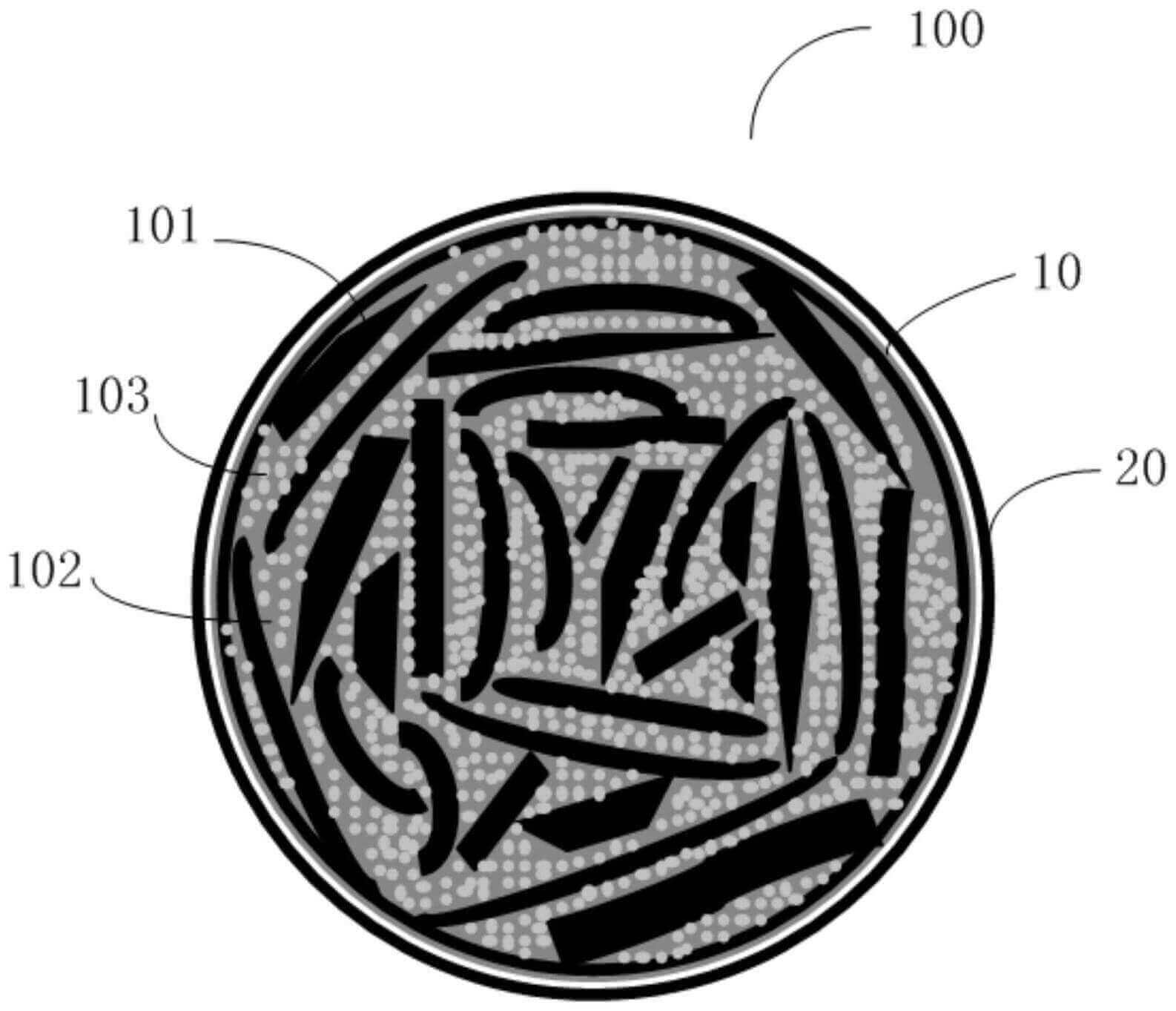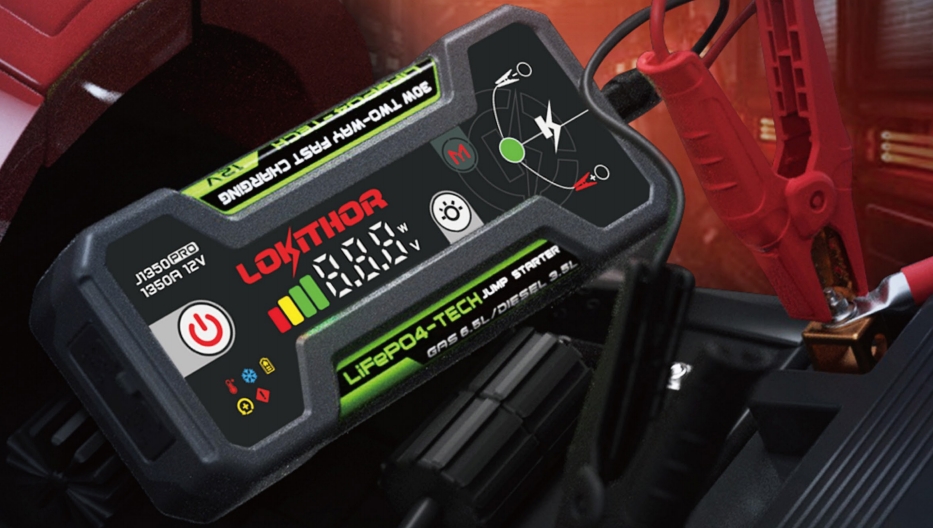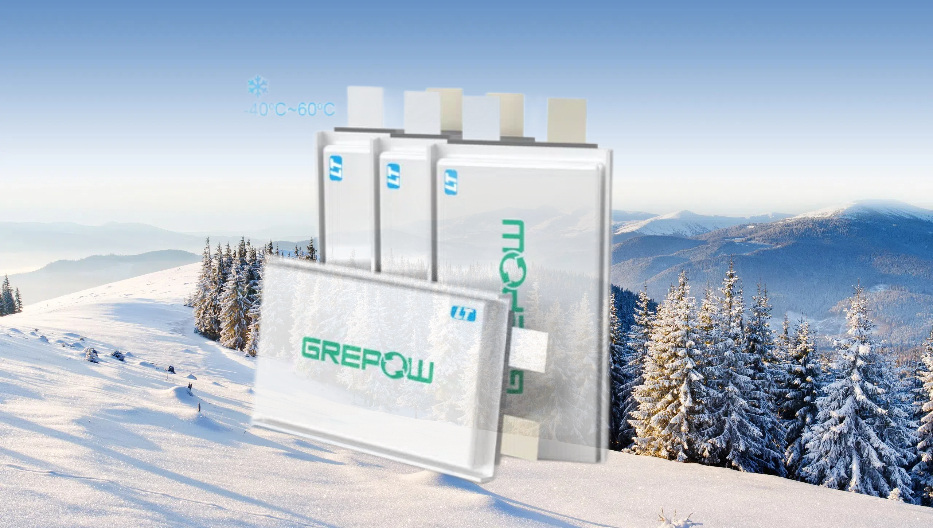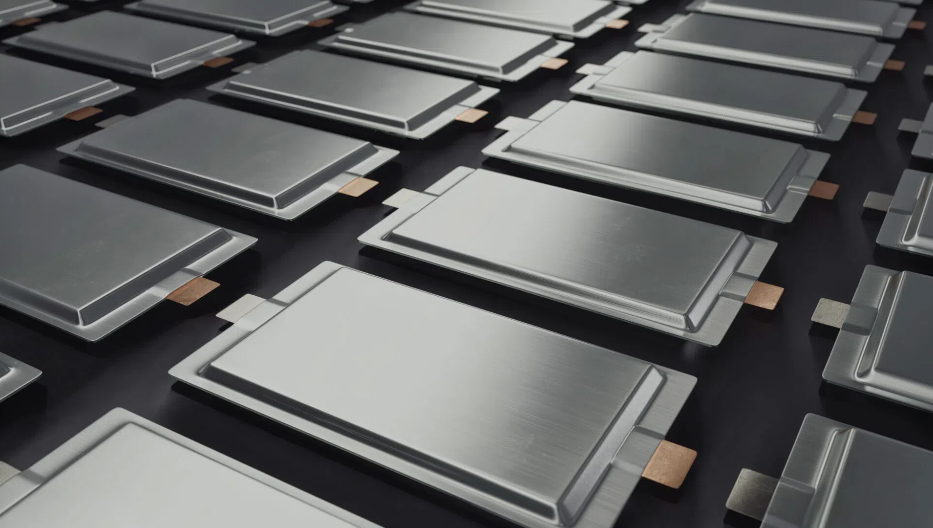Huawei "Silicon Carbon Composite Material, its Production Method and Lithium-ion Battery"
Huawei "Silicon Carbon Composite Material, its Production Method and Lithium-ion Battery"
With the advantages of high capacity, wide source and environmental friendliness, silicon-based materials are expected to replace the current widely used graphite cathode as the main cathode material for next-generation lithium-ion batteries. However, silicon suffers from severe volume expansion (~300%) during charging and discharging, the huge volume effect and low electrical conductivity limit the commercial application of silicon negative electrode technology.
To overcome these shortcomings, researchers have made numerous attempts to compensate for material expansion with a " Buffer Skeleton" using a compounding technique.The carbon negative electrode material has less volume change during the charging and discharging process, has better cycle stability performance, and the carbon negative electrode material itself is a mixed conductor of ions and electrons. In addition, silicon and carbon are chemically similar, and the two can be closely bonded, so carbon is often used as the preferred matrix for compounding with silicon.
In the Si/C composite system, Si particles act as the active material to provide lithium storage capacity; C can both buffer the volume change of the silicon cathode during the charge/discharge process and improve the conductivity of the Si material, and also avoid the agglomeration of Si particles during the charge/discharge cycle.
Therefore, Si/C composites combine the advantages of both, exhibit high specific capacity and long cycle life, and are expected to replace graphite as a new generation of cathode material for Li-ion batteries.

Huawei Technologies Co., Ltd. published its patent application "Silicon Carbon Composite Material, its Production Method and Lithium-ion Battery".
Embodiments of the present invention provide a silicon-carbon composite material comprising a core, a carbon layer encapsulated on the surface of the core, wherein the core comprises a graphite skeleton, amorphous carbon filled in the graphite skeleton structure, and silicon material uniformly distributed in the amorphous carbon. Silicon-carbon composites have only pore structures with the size less than or equal to 50 nm, not a pore size greater than 50 nm.
The small internal pore size of this silicon-carbon composite material can effectively reduce the contact area between the silicon material and the electrolyte, reducing the occurrence of side reactions and extending the battery life. Meanwhile, the silicon material is uniformly dispersed around the graphite skeleton without agglomeration, which enables the graphite skeleton to effectively mitigate the volume expansion/contraction of the silicon material, improve the structural stability and energy density of the composite.
The embodiment of the present invention also provides a preparation method of the silicon-carbon composite material and a lithium ion battery containing the silicon-carbon composite material.
Related Articles
-

The Ultimate Guide to Grepow Jump Starter
2025-03-27 -

How to Choose Lithium Batteries for Cold Weather?
2024-09-19 -

Next-Generation eVTOL Battery Technology
2024-08-22
















































